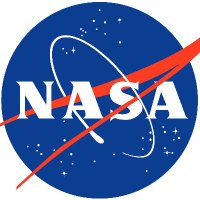
Lockheed Martin Space
@lmspace
Going to space is just the beginning. It's what you do when you get there that matters most. 🚀 Official space account of @LockheedMartin.
ID: 1336976892
http://lockheedmartin.com/space 08-04-2013 15:58:32
3,3K Tweet
131,131K Takipçi
900 Takip Edilen


📡Precision from the Ground Up🚀 Last Friday, another critical piece of global infrastructure launched from the #SpaceCoast with the deployment of #GPS III-7. 👏 Shoutout to our mission partners and launch teams who made this success possible. United States Space Force | Space Systems Command





One year later and still GOESing strong. 💪 A year ago, GOES-U lifted off to round out NOAA Satellites' GOES-R series. Since then, GOES-19 has been busy capturing advanced imagery and helping monitor lightning, solar flares and extreme weather.



Designed, built and flown by us, NASA Solar System's Lucy spacecraft is on a 12-year journey to explore the Trojan asteroids to enhance our understanding of the solar system's past.






